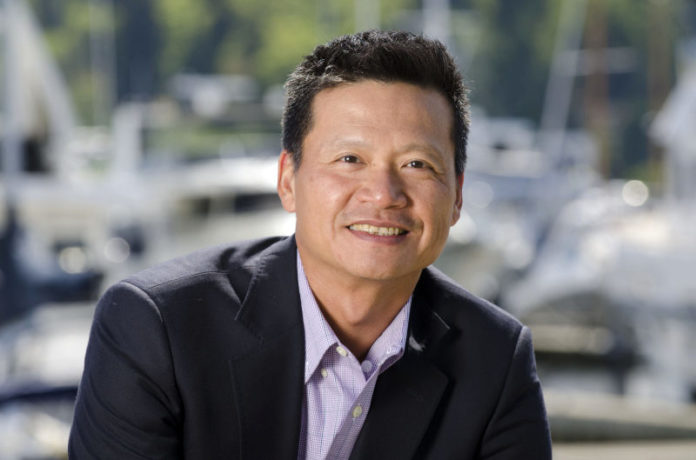The COVID-19 pandemic has accelerated the shift towards multi-cloud deployments. But with this change, companies must deal with an increasingly dangerous threat landscape.
As a result, visibility and traffic monitoring technology vendor Gigamon has pushed for “deep” observability to bolster cloud security – and cybersecurity as a whole.
Frontier Enterprise recently had a chance to speak virtually with Simon Lee, Vice President, Asia Pacific and Japan at Gigamon, and ask him about how the pandemic sparked the push towards hybrid cloud observability, specifically in APAC, and how Gigamon was able to adapt during these challenging times.
How do you think enterprises in APAC and Japan have fared in terms of hybrid cloud observability, especially since the beginning of the pandemic and the subsequent shift to remote work?
If you look at the worldwide statistics, it will show that many companies have a cloud strategy, and have embarked on a cloud journey. That statement applies in Asia Pacific as well. Of course, it varies from country to country.
For a country like Singapore, I would say more than 90% of companies are on that journey already. Even for China, that is also applicable, although the cloud vendors that they choose would vary from country to country. So for instance, if you look at public cloud vendors that our customers use in Singapore, you will see the usual suspects: your Amazon, your Azure, your Google. And then in China, they tend to gravitate towards Chinese cloud providers, the Ali (Alibaba) Clouds, the Tencents, and so on. But by and large, we see that many of the companies of our customers have adopted a cloud strategy.
And we’ve come in by helping them with a single pane of glass, particularly for customers who have already been with us on the on-prem side. As they transition to hybrid cloud, we give them the same visibility offering the same single pane of glass.
So when we talk about the cloud visibility gap, we are able to bridge that gap for them. The visibility they get from us on the on-prem, now they’re getting on the cloud as well. That’s something that I think a lot of our customers have come to appreciate.
How was Gigamon impacted by the pandemic in APAC, in Japan, and what will the new normal look like for your industry?
In terms of how it affects us (on an everyday basis)? Well, I suppose as Paul (Hooper, Gigamon’s erstwhile CEO and now board member) alluded to earlier, we had our team working from home. The fact is that Zoom allows us to continue to be connected, but there’s nothing that beats face-to-face interaction. So as and when COVID restrictions are eased, we get our team to meet together as often as we can. We (also) meet with our customers as often as we can.
The effect of that is that if you look at business from existing customers, it’s not affected. A lot of them will come to us and consult us as they move their network from the outside to inside, from inside or outside, we are there to help them with the transition. We’re always a phone call away, and we help them map out this journey together then the last two years, I’ll say that, because of the fact that we are not out there to meet with new customers, new logo attainment is slightly lower than the last couple of years, but the increase in demand from our existing customers more than made up for the loss of new customers.
While there were some challenges, it is great to see that you’re able to adapt to the situation and even grow from it.
We are very careful in hiring. When we look at hiring a salesperson, and it’s not just a salesperson we’re looking for: We’re looking for entrepreneurs, self-starters who can really make the most out of any situation, and who can then maximise their time, their resources to be successful. When we hire like-minded individuals in the team, magic happens. And that’s why we continue to do well in this very dynamic, very fluid situation.
















